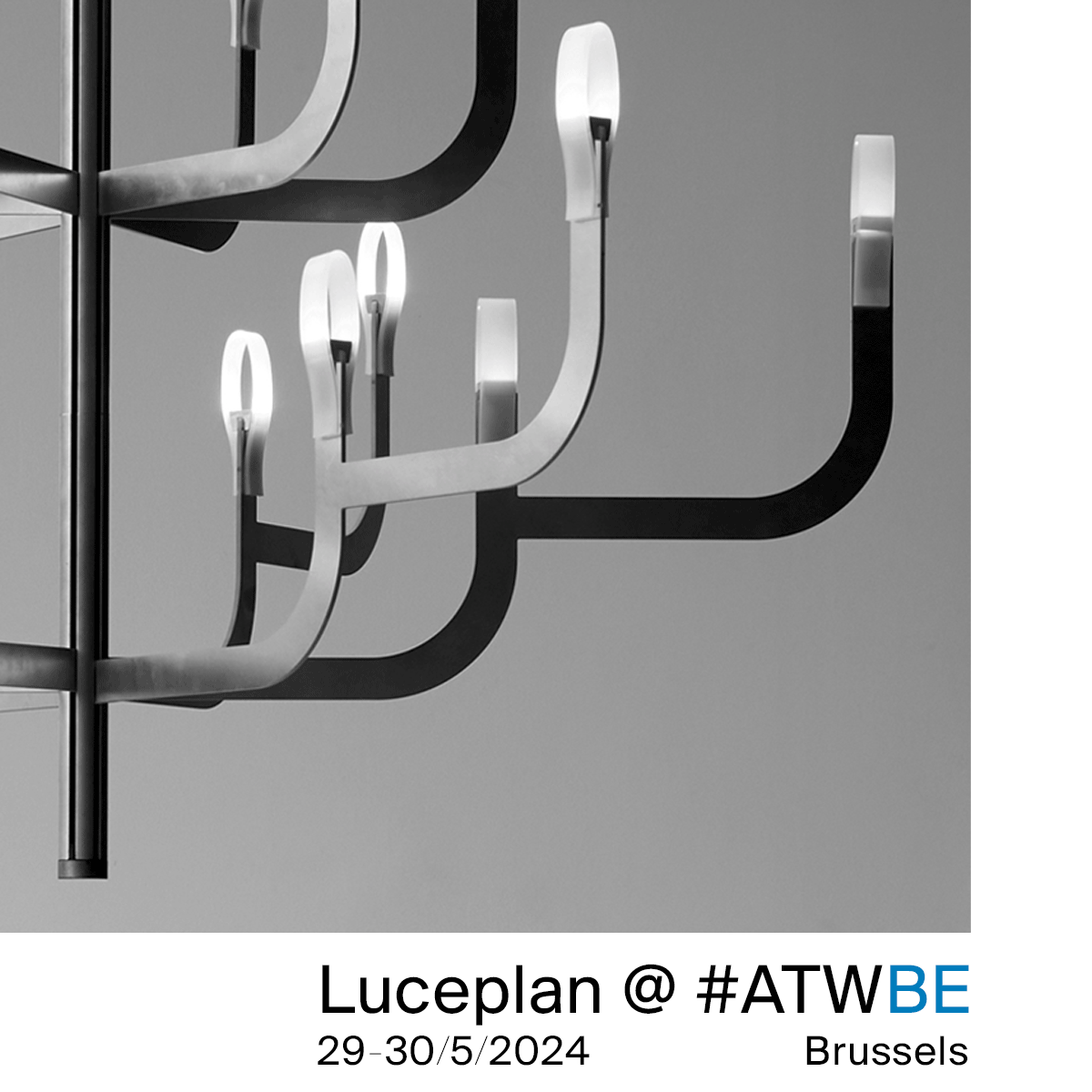News ed eventi

Maggio 24, 2024
Luceplan a Bruxelles per Architect@Work sotto il segno dell’innovazione e della versatilità
Il 29 e il 30 Maggio Luceplan prende parte alla fiera itinerante Architect@Work a Bruxelles e lo fa sotto il segno dell’innovazione tecnologica e della versatilità nelle configurazioni. Protagoniste di questo evento Alibel Sistema Binario e J-us versione sospensione, entrambe nate dal design di Alessandro Zambelli, e Liiu by VANTOT. Con alcune fra le novità più recenti, Luceplan è pronta ad incontrare gli standard più elevati richiesti da architetti e designer.
Maggio 29-30, Bruxelles – Luceplan vola in Belgio e prende parte alla fiera Architect@Work Bruxelles, primo appuntamento fieristico dopo il Fuorisalone 24, con alcune fra le novità più recenti. Presso lo stand 199 Alibel Sistema Binario e J-us sospensione by Alessandro Zambelli e Liiu by VANTOT. Il tema di quest’anno è “Super Skin”, e riguarda non soltanto la superficie esterna di un edificio, ma anche tutto ciò che arricchisce i suoi interni. In questa nuova edizione l’attenzione viene quindi posta sull’utilizzo di materiali, sistemi e processi di altissima qualità, innovativi e sostenibili, nella realizzazione di un progetto.
llestite presso lo stand 199: J-us by Alessandro Zambelli, uno chandelier contemporaneo disponibile in diverse configurazioni grazie alla possibilità di prevedere più livelli di bracci; Alibel Sistema Binario, esempio efficace di luce architetturale per interni con un approccio decorativo piuttosto che tecnico, qui esposto in tre diverse versioni del design sempre di A. Zambelli; Liiu by VANTOT, un inedito sistema modulare di lampade a sospensione leggero e flessibile, frutto di un’ardita ricerca in perfetto equilibrio tra funzionalità ed estetica elegante e minimalista. Un’importante occasione per Luceplan che – avendo fatto di questo tema la colonna portante del suo lavoro – è pronta ad incontrare gli standard più elevati richiesti dagli addetti ai lavori.
Architect@work Belgium
29 – 30 May 2024
BOOTH 199
Tour & Taxis
Brussels